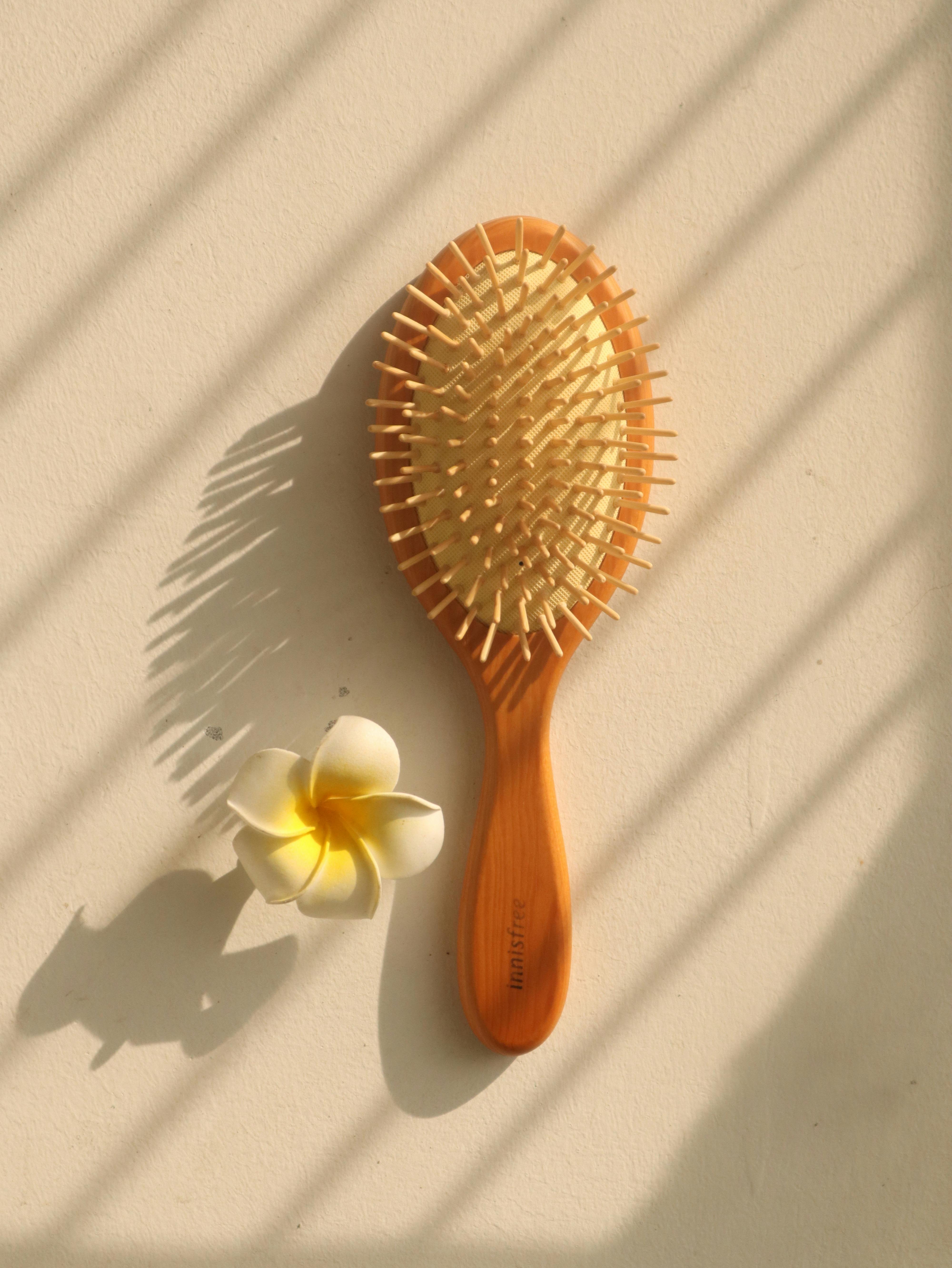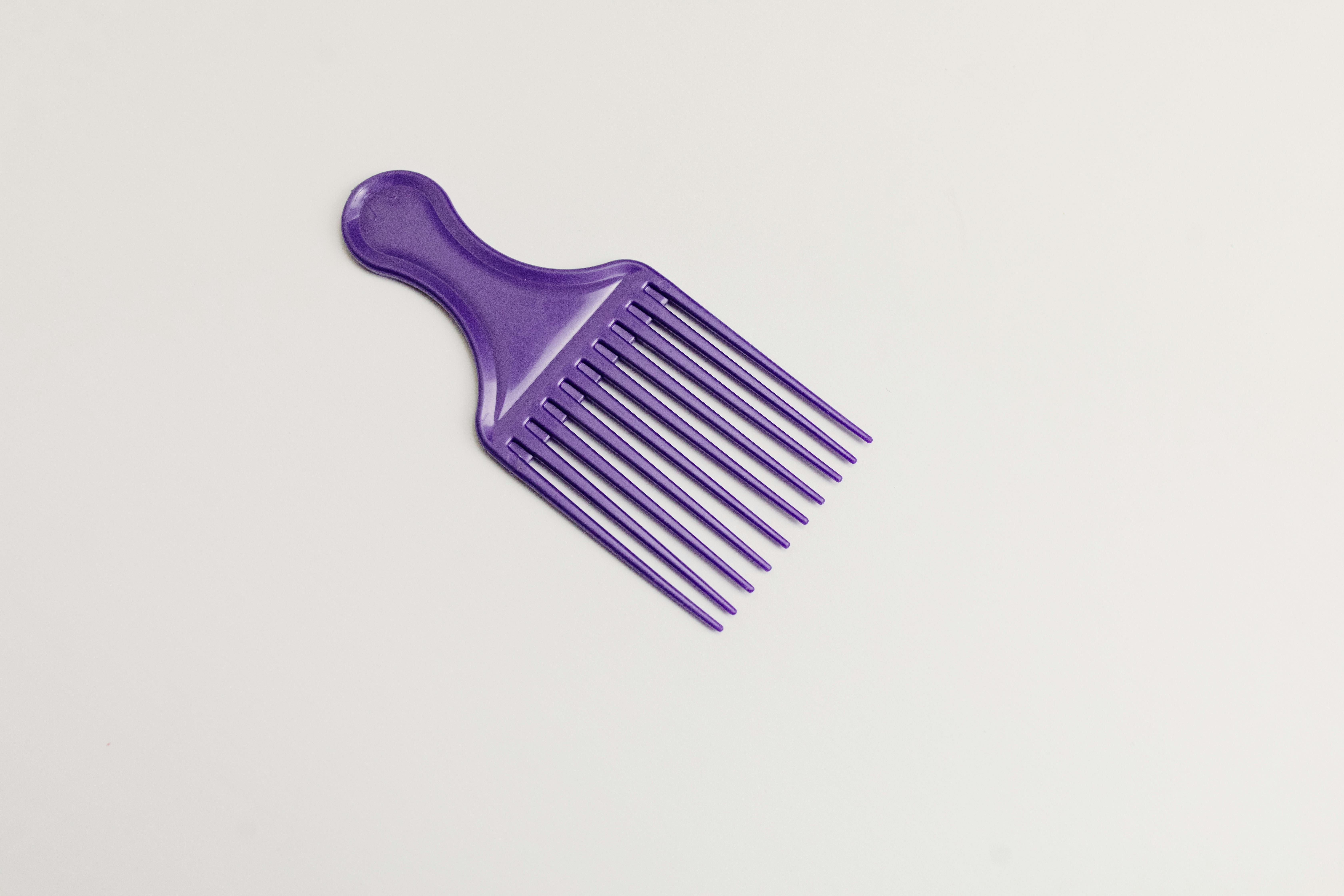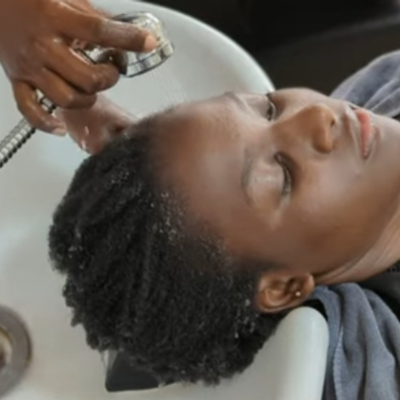- Support 24/7
- +1 (480) 468-4543
- livara@mylivara.com
What’s The Right Way To Use Detangling Tools? How To Use Brushes, Combs, and Fingers

Is Heat Damage Reversible? What You Need To Know
June 6, 2024
How To Maintain Natural Hair: Weekly, Monthly, and Seasonal Routines for 4C Hair
June 8, 2024
We’ve all been there – running late for work or a social event, only to find our hair in a knotted mess. Tangled hair is something everyone deals with at some point, whether you have long, short, curly, or straight hair. It can be a frustrating experience, especially if you have curly hair types like 4C, but with the right techniques and tools, detangling can become an art form that leaves your hair smooth, healthy, and manageable. Let’s dive into the world of detangling, exploring the best methods using brushes, combs, and fingers.
Understanding Why Hair Tangles
Before we get into the tools and techniques, it’s important to understand why hair gets tangled in the first place. Hair tangles occur when strands knot together. This can happen for several reasons:
- Dryness and Damage: Dry or damaged hair is more prone to tangling because the cuticle (the outer layer of the hair) is rougher and more likely to catch on other strands.
- Length and Texture: Longer hair has more surface area to tangle, and curly or wavy hair can easily twist around itself.
- Friction: Activities like sleeping, wearing hats, or even just the wind can cause hair to tangle due to friction.
Tools of the Trade: Brushes, Combs, and Fingers
Brushes

Using the right brush can make a world of difference in your detangling routine.
Types of Brushes:
- Paddle Brushes: Great for straight or wavy hair, paddle brushes help smooth out tangles without causing too much damage.
- Detangling Brushes: Specifically designed to glide through tangles, these brushes often have flexible bristles that minimize pulling and breakage.
- Boar Bristle Brushes: Ideal for distributing natural oils through your hair, making it smoother and less prone to tangling.
How to Use a Brush:
- Start from the Bottom: Always begin detangling from the tips of your hair and work your way down to the roots. This method helps to prevent the tangles from bunching up.
- Be Gentle: Use gentle strokes to avoid breakage and unnecessary hair loss.
- Section Your Hair: If you have thick or long hair, work in sections to make the process more manageable.
Combs

Combs are another excellent tool in the battle against tangles, especially for wet hair.
Types of Combs:
- Wide-Tooth Combs: Best for detangling wet hair, wide-tooth combs are gentle and effective for all hair types.
- Fine-Tooth Combs: Ideal for detangling small knots in dry hair, but be cautious as they can cause breakage if used too forcefully.
Proper Comb Use: Preventing Breakage and Maintaining Healthy Hair
Using a comb correctly is essential for maintaining healthy hair and preventing breakage, especially if you have curly hair. Improper comb use can lead to lots of damage and breakage. Combing must only be done your hair when your hair is moisturized; combing dry hair can lead to breakage because of the following reasons:
1. Increased Fragility: Dry hair is inherently more brittle and less flexible. When hair lacks moisture, it becomes prone to snapping under the stress of combing or brushing. This issue is common for all hair types but is particularly pronounced in curly hair.
2. Curly Hair Structure: Curly hair has a more complex structure with twists and turns. These curls and coils can easily tangle and knot, making it harder to comb through without causing breakage. The natural shape of curly hair also makes it more susceptible to dryness, as the scalp’s natural oils have a harder time traveling down the hair shaft.
3. Lack of Lubrication: Moisturized hair has better slip, meaning the strands can glide past each other more easily. When hair is dry, there’s less lubrication, increasing the friction between strands during combing. This friction can cause the hair to snag, tangle, and eventually break.
4. Cuticle Damage: The outer layer of the hair, known as the cuticle, can lift and become rough when hair is dry. Combing dry hair can cause further lifting and damage to the cuticle, leading to split ends and breakage.
5. Elasticity: Hair’s elasticity decreases when it’s dry. Elasticity refers to the hair’s ability to stretch and return to its original shape. When hair is well-moisturized, it can stretch more without breaking. Dry hair lacks this elasticity, making it more prone to snapping under tension.
Tips for Proper Comb Use:
- Moisturize Regularly: Use leave-in conditioners, oils, and moisturizers to keep hair hydrated.
- Detangle Carefully: Use a wide-tooth comb or fingers to gently detangle hair, preferably when it’s damp or coated with a conditioner.
- Protective Styling: Styles that reduce manipulation and protect the ends of the hair can help maintain moisture and reduce breakage.
How to Use a Comb:
- Condition First: Apply a leave-in conditioner or detangling spray to provide slip and reduce friction.
- Comb in the Shower: For extremely tangled hair, use a wide-tooth comb while you have conditioner in your hair. The water and conditioner help to loosen knots.
- Start Small: Like with brushing, begin combing from the ends and gradually move up to the roots.
Fingers

Using your fingers to detangle can be a gentler option, especially for those with curly or highly textured hair. Finger detangling allows you to feel and carefully separate knots without causing too much stress to the hair.
How to Finger Detangle:
- Apply Product: Use a generous amount of conditioner or detangling product to add slip.
- Work in Sections: Divide your hair into manageable sections to avoid overwhelming tangles.
- Gently Pull Apart: Use your fingers to gently pull apart any knots. Be patient and avoid rushing to prevent breakage.
Real-Life Tips for Successful Detangling
- Stay Moisturized: Keep your hair hydrated with regular deep conditioning treatments or water-based moisturizers and avoid over-washing, which can strip your hair of natural oils. We’ve found that a biweekly deep conditioning treatment can work wonders for natural hair.
- Protect Your Hair at Night: Use a silk or satin pillowcase or wear a bonnet to minimize friction while you sleep. It might feel a bit fancy, but it’s worth it!
- Be Consistent: Regular detangling sessions can prevent severe tangling. Aim to detangle your hair a few times a week, depending on your hair type and texture. Think of it as a little self-care ritual.
- Trim Regularly: Regular trims help to keep split ends at bay, reducing the likelihood of tangling. Trimming split ends whenever you notice them can make a big difference.
Bottom-line
Detangling doesn’t have to be a dreaded chore. By understanding the right tools and techniques, you can transform it into a soothing, self-care ritual that benefits your hair’s health and appearance. Whether you prefer brushes, combs, or your fingers, the key is to be gentle and patient. With consistent care and the right approach, you can keep your hair tangle-free and beautiful. Happy detangling!



